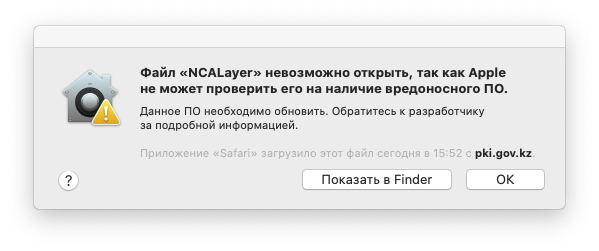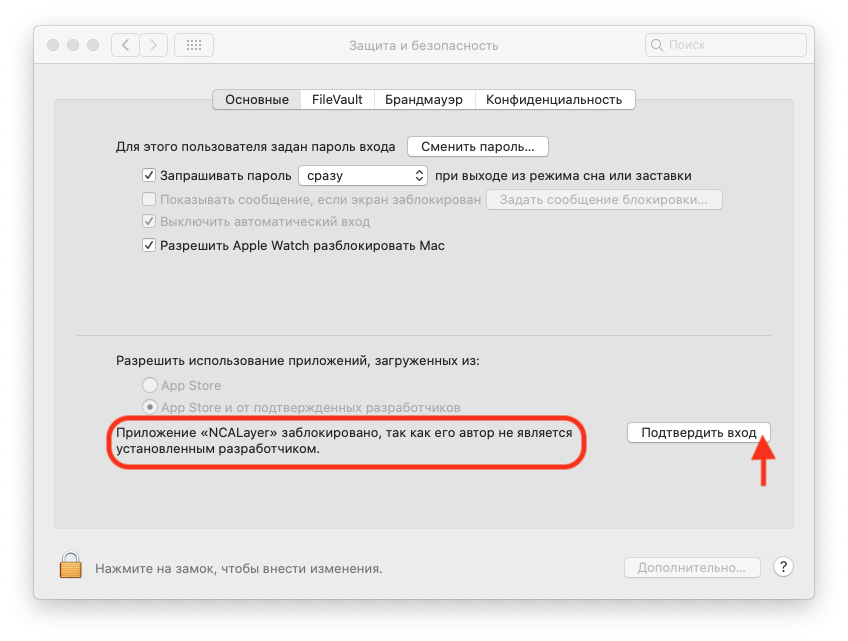In case if any problems arise when obtaining registration certificates, you can apply to technical support by phone number: 1414 or e-mail: support@pki.gov.kz.
Antivirus
In some cases, the installed antivirus software can substitute SSL certificates for web browsers in order to scan secure connections. If root certificates were not installed or set correctly, problems might occur with connection to NCALayer. Below you can see the example on how to disable such scanning for Kaspersky antivirus.
Depending on the type and version of Kaspersky product, the steps might vary.
- Go to the antivirus "Settings".
- Select "More" in the side panel and click "Network".
- In "Check for secured connections" section, select the "Do not check for secured connections" option.
Windows XP
To ensure NCALayer correct operation in Windows XP, Java runtime environment not higher than 1.8.0_144 is required. The necessity is related to the fact that Windows XP is obsolete and is officially not supported by the software developers. The use of obsolete software is not recommended.
- • Download jre-8u144-windows-i586.tar.gz archive from the official page Java SE 8 Archive Downloads.
- • Delete the jre folder in home folder. Unzip the archive into the folder. Re-name the unzipped jre1.8.0_144 folder into jre.
- Run NCALayer.
Launch error in Linux and Mac OS X
If a previous version of application was substituted by a newer one but there is a launch error
Could not start NCALayer.
Required core bundles not found!
, this can be the result of incorrect update. To tackle the problem, go to NCALayer home folder. Then delete ncalayer-cache folder and ncalayer.der file. All third-party modules can be deleted. Run NCALayer.
Problem starting in macOS Catalina 10.15
Due to the introduction of mandatory notarization of applications in Apple, macOS Catalina does not allow you to run an untested application, even if it is signed by a registered developer. This causes the application to fail to start.

At the moment, a temporary solution to the problem is presented, in the form of an explicit permission to run NCALayer.
After receiving the message box that NCALayer cannot be opened, open "System preferences". Next, click on the icon "Protection and security".
In the block "Allow the use of applications downloaded from: App Store and from confirmed developers", the following message should be displayed:
"The" NCALayer " application is blocked because its author is not an installed developer."

If everything is correct, then click the "Confirm login" button, after which NCALayer will start.